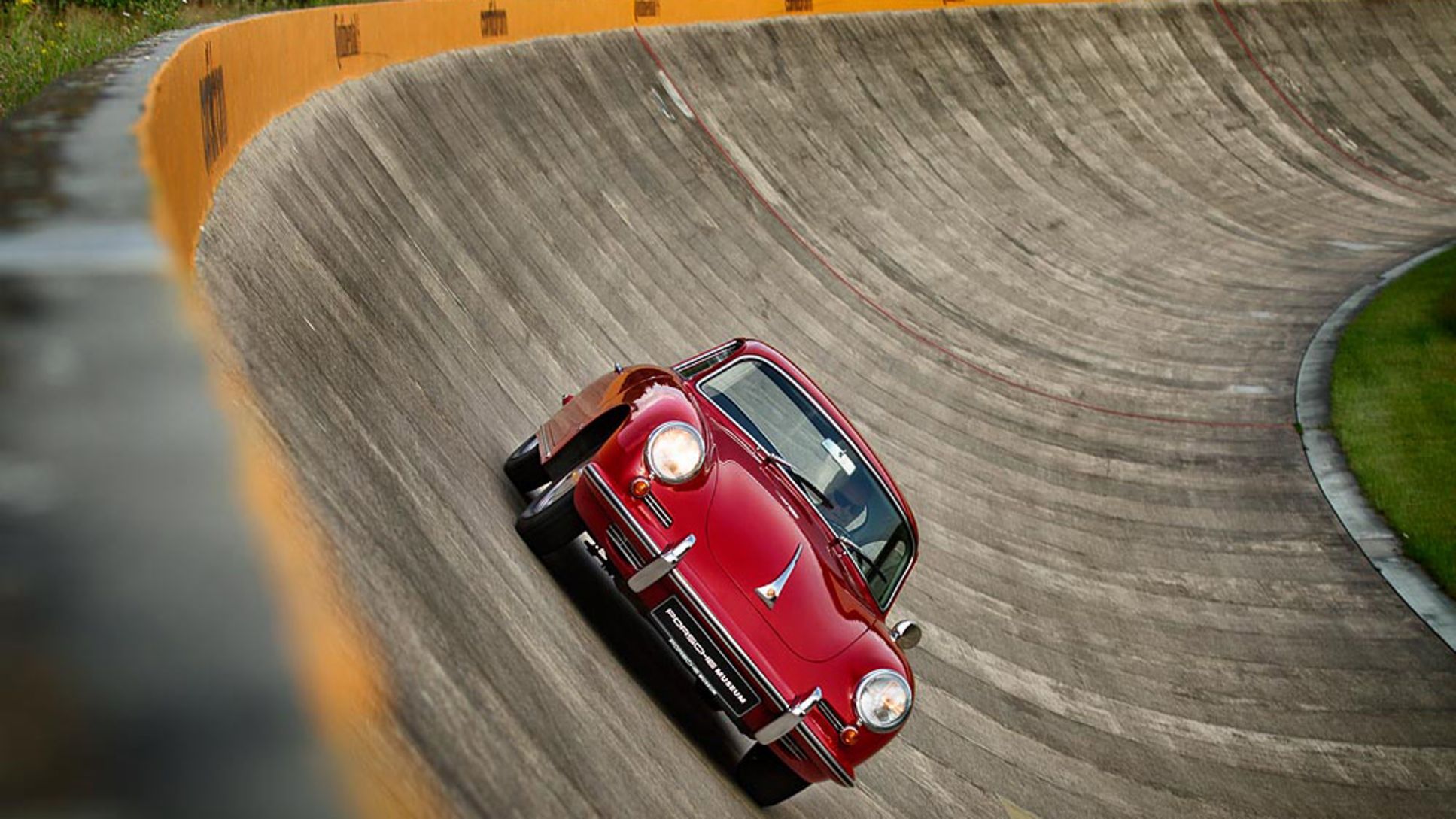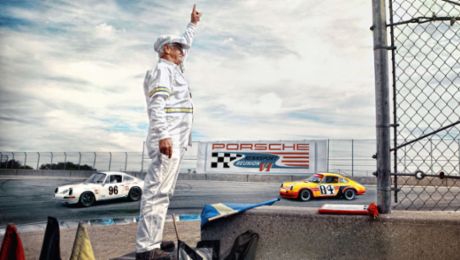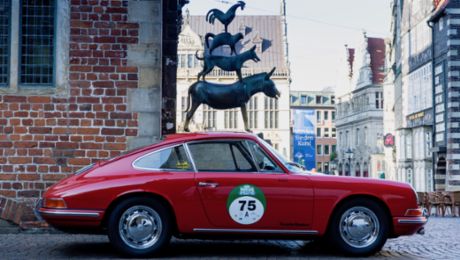Every year, classic car events and meetings attract many historic vehicles. All through the winter, they are tended and groomed and then they only want one thing – to get out on the road. However there is one important point which is often paid insufficient attention – the tyres. They are not infrequently driven for much longer than is really good for safety.
The lack of grip is particularly felt in wet weather. To prevent this, Porsche recommends changing tyres every six or seven years, no matter whether the tyres still have sufficient tread or not. In order to advise its customers properly, the company regularly tests tyres of all makes, both for current car generations as well as many Porsche classic cars – a service which is unique among car manufacturers. There are around 300 approvals for summer and winter tyres for Porsche sports cars built in 1949 to 2005. View the complete list using the link in the left bar.
A harmonious performance is paramount
The Porsche Museum and Porsche Classic are always delighted to open up their fleets and send the cars out onto the test track. In this way, robust test drives take place on the test grounds of Contidrom near Hanover using those Porsche models that already have a few decades tucked under their elegantly designed bonnets.
The disciplines of dry and wet handling are of paramount interest during the tests, while brake testing and aquaplaning tests round off the test program. The entire test program is aimed at precisely measuring how the tyres behave up to the limits. Every facet of behaviour, from the initial steering movement to the exit of the bend, is precisely analysed and logged for each set of tyres in the test. The car turning cleanly into the bend is just the first step towards approval. Well-controlled behaviour under high transverse acceleration is obligatory, and exiting bends must be mastered without any discontinuous loss of road adherence.
Those tyre models recommended by Porsche bear the mark "N" on the tyre flank. This letter has for decades been the hallmark for the special tyre designs developed for Porsche. The corresponding number after the "N" is solely used to differentiate the approval series.
Preventing ageing: Store tyres like good wine
A tyre starts to lose suppleness and grip after about five years. If you take a look at the so-called DOT number on the tyre flank, you can quickly determine how old the tyre actually is. The number accompanying the letters DOT is always a four digit number, specifying the production week and year of the tyre, i.e. 1302 for week 13 in year 2002.
However, the effects of ageing can be slowed down if storage is implemented with care – in a similar manner to good wine: Tyres age less rapidly if stored in the dark at lower temperatures. If you can afford it and have the necessary space to do so, store a fresh set of tyres for your forthcoming pleasure tours in your cool cellar and park your vintage Porsche in the garage on a set of – maybe well worn – "standing tyres".
If you don't want to or cannot change the tyres so frequently, you should pay attention to the following tips. Because, if the vehicle stands for too long in one place without greatly increased tyre pressure, so-called "flat spots" occur. It is therefore common practice to raise the air pressure up to the maximum permissible pressure for the rims, which is usually 4.5 bar, when storing cars.
So-called tyre shoes or tyre pillows, obtainable from accessory dealers, are also useful in this case. These are concave supports made of rubber, plastic or wood placed under the wheels so that the car is parked with all four wheels in the hollows. The concave form distributes the tyre contact area over a significantly larger area and prevents the tyre from becoming square during the standing time due to flat spots.




